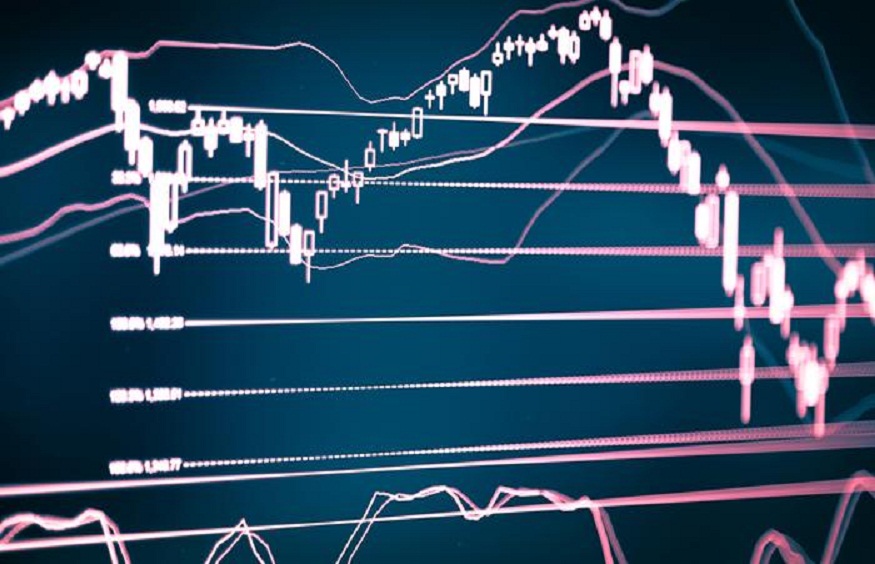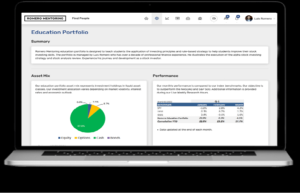In today’s interconnected global economy, trading opportunities span across diverse markets, from equities and commodities to forex and fixed income. For professional traders, understanding the complexities and nuances of these markets is essential for making informed decisions, managing risk, and ultimately, achieving success.
Strategic Considerations for Trading in Diverse Markets
Selecting the right assets is a cornerstone of effective trading. In diverse markets, this requires an understanding of the characteristics and risks associated with different asset classes. For example, equities may offer growth potential but are often more volatile, while bonds provide steady income but with lower returns.
Diversification is a key strategy in managing risk across diverse markets. By spreading investments across various asset classes, sectors, and regions, traders can reduce the impact of adverse events in any single market. For instance, a portfolio that includes a mix of stocks, bonds, commodities, and currencies is better positioned to withstand market shocks.
Risk Management
Risk management is paramount in trading, especially in diverse markets where conditions can vary significantly. Tailoring risk management strategies to fit different market conditions is essential. For example, in highly volatile markets, traders might use tighter stop-loss orders to protect against sudden price movements. In contrast, in more stable markets, they might opt for broader stops to avoid being prematurely stopped out.
Other key risk management tools include hedging, which involves taking offsetting positions in correlated assets to reduce exposure, and position sizing, which ensures that no single trade can significantly impact the overall portfolio.
Timing and Volatility
Timing is everything in trading, particularly when dealing with diverse markets. Global trading hours mean that different markets open and close at different times, influencing liquidity and volatility. For example, forex markets are most active during the overlap of major trading sessions, such as the London and New York sessions.
Understanding and managing volatility is also crucial. Markets with high volatility can offer lucrative opportunities but also come with greater risks. Traders must adapt their strategies to account for varying levels of volatility, whether by adjusting position sizes, using volatility-specific indicators, or timing entries and exits more precisely.
Currency Risk and Exchange Rate Fluctuations
When trading across international markets, currency risk becomes a significant consideration. Fluctuations in exchange rates can impact the value of foreign investments, potentially eroding profits or amplifying losses. For example, a UK investor holding US stocks must account for the GBP/USD exchange rate, as changes in the exchange rate will affect the portfolio’s value in GBP terms.
To manage currency risk, traders can use hedging strategies, such as currency forwards or options, to lock in exchange rates or limit potential losses. Another approach is to invest in currency-hedged funds, which automatically adjust for exchange rate movements.
Tools and Techniques for Effective Trading
Technical analysis is a widely used tool in trading, but its application can vary across different markets. For instance, while moving averages might work well in trending equity markets, they may be less effective in range-bound forex markets. Traders must adapt their technical analysis tools and indicators to suit the specific market they are trading in.
Market-specific technical patterns and trends are also important to consider. For example, certain candlestick patterns might be more reliable in commodities markets, while momentum indicators could be more useful in stock markets. By understanding the unique characteristics of each market, traders can better interpret technical signals and make more informed trading decisions.
Fundamental Analysis and Market-Specific Data
Fundamental analysis involves evaluating an asset’s intrinsic value based on economic data, financial statements, and other qualitative factors. When applied to diverse markets, fundamental analysis requires an understanding of market-specific data and trends. For example, in emerging markets, factors such as GDP growth, inflation rates, and political stability can significantly impact asset prices.
Traders should leverage reliable data sources and stay updated on market-specific news to make informed decisions. This involves tracking economic indicators, corporate earnings reports, and geopolitical developments relevant to the markets they are trading in.
Algorithmic and Automated Trading
Algorithmic trading, which uses computer algorithms to execute trades based on predefined criteria, can be highly effective in managing diverse market conditions. Automated trading systems can analyze large amounts of data quickly and execute trades at optimal times, reducing the impact of human emotions and errors.
However, the effectiveness of algorithmic trading depends on the quality of the algorithms and the data used. Traders must ensure that their automated systems are properly calibrated to the specific market conditions they are operating in, and that they are regularly updated to reflect changes in market dynamics.
Conclusion
Trading in diverse markets offers both challenges and opportunities. By understanding the unique dynamics of each market, selecting the right assets, managing risk effectively, and staying informed, professional traders can navigate these complexities with confidence. Additionally, tools like technical and fundamental analysis, along with algorithmic trading, can enhance decision-making and execution.
Ultimately, success in diverse markets requires a combination of knowledge, strategy, and adaptability. By staying disciplined, managing stress, and continuously learning, traders can seize the opportunities presented by global markets while effectively managing the risks.
To effectively manage these complex processes, it’s also essential to have a robust understanding of the back office meaning, which encompasses the administrative and support functions that are critical to successful trading operations.



